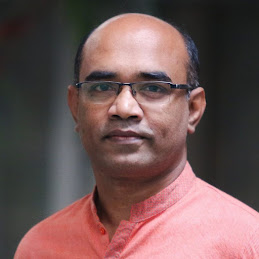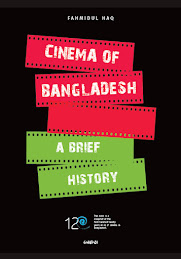Tareque Masud’s “Matir Moina” (2002) was the first film from Bangladesh that was screened in Cannes’ Director’s Fortnight section and won the FIPRESCI award jointly with Elia Suleiman’s “Divine Intervention”. But it is Abdullah Mohammad Saad’s second feature “Rehana Maryam Noor” (RMN, 2021), the first film from the South Asian cinephile nation to be officially selected at Cannes, competing in the ‘Un Certain Regard’ category. The director of the film also bagged the Jury Grand Prize from Asia-Pacific Screen Award where the lead actress Azmeri Haque Badhon earned the award of the Best Performance by an Actress. Badhon was also included in the short list of ‘Variety’s International Breakout Stars of 2021’. Bangladeshi actors Chanchal Chowdhury, Mosharraf Karim and Badhon have expanded their stardom in 2021 by acting in web series released in Indian OTTs. Jaya Ahsan continued her already established acting career both in Dhaka and Kolkata-based Indian industry.
RMN was not only one commendable Bangladesh’s international success in 2021. Kamar Ahmad Simon’s fiction-looking non-fiction “Day After…” represented Bangladesh in competition at the high-ranking festival, IDFA: International Documentary Filmfestival Amsterdam. The prestigious Busan Film Festival 2021 got three submissions from Bangladesh – Mostofa Sarwar Farooki’s international film “No Land’s Man”, Mohammad Rabby Mridha’s debut feature “No Ground Beneath the Feet”, and RMN. After visiting the festival circuit in 2020 in London, Busan, Guttenberg, Singapore, Seattle and Turin in 2020, Rezwan Shahriar Sumit’s “The Salt in Our Water” got theatrical release in 2021. “Rickshaw Girl” is a new kind of experience for any Bangladeshi film since a US independent producer approached Bangladeshi director Amitabh Reza Chowdhury to make a film for them.










